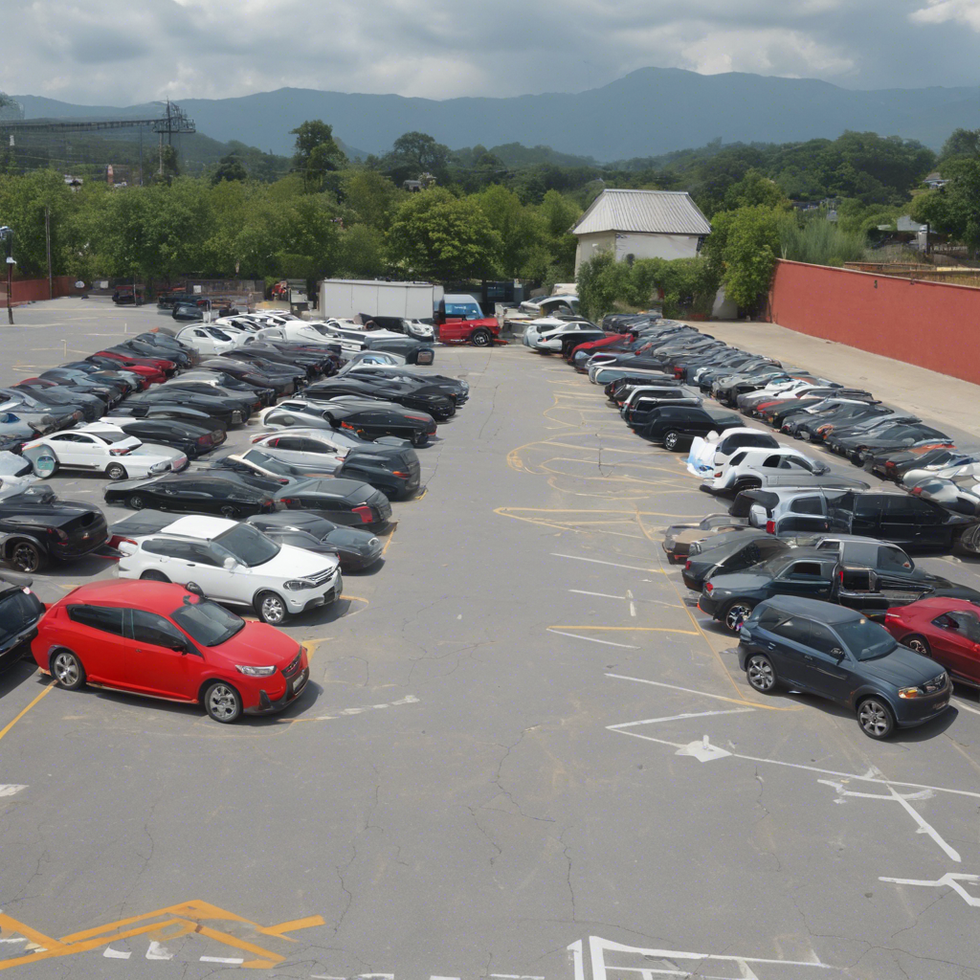New Orleans is a city known for its all-night parties, Southern charm and unique food. Amsterdam is known for being a central hub for Europe, as well as a place where recreational marijuana use and prostitution are legal. Both cities bring tourists while keeping their locals comfortable and happy—also, both are constantly at risk of severe flooding. Each city lies below sea level next to a major body of water, which means that if water comes into the city, it would fill up like a bowl.
These cities, however, have extensive systems to control the water. These are man-made feats of construction and engineering to keep these cities dry.
New Orleans (above); Amsterdam (below)
Last week, my ESL class co-teacher and engineer friend made a presentation to the class about the levee and water pump systems in New Orleans, which are currently being constructed to protect against another storm like Hurricane Katrina. He moved here from Michigan to be part of the project to rebuild the levees along the lake, river and canals, which are used to take water out of the city and return it to the lake and river. He explained the various pump stations and the new technology being implemented to optimize these installments. These rebuilt levees have been fortified in the areas where they broke in the storm 11 years ago, and once functional, the pump stations will effectively carry out water to keep the city from flooding again.
This week, a business journalist from Amsterdam came to New Orleans as part of his research project about the demise of the Mississippi River Delta. He visited our center for adult education, which offers classes to prepare adult students to take the high school equivalency exam and/or learn English as a Second Language. He is interested in the inequality of economic growth in the United States. He explained to the class that as U.S. GDP rises, the middle class is getting smaller and wages are not increasing. The GDP is rising with the West Coast tech companies and East Coast financials, but the Mississippi River Delta, what he calls the heart of the U.S., is left behind with difficulty to obtain jobs and earn a decent living.
He interviewed students to understand why they were studying as adults, what they have seen in the job market that has caused them to return to school for basic education and how difficult it is to make a living in this region. When asked about life in Holland, he said that like New Orleans, the city orients itself by the water, the many inlets from the North Sea that run through the city. In New Orleans, geography is defined by the North Shore, East Bank, West Bank, Canal, bayou and river. The neighborhoods have names like Lakeview and River Ridge. Levees are a landmark for us. We know what they do and why they are there. Some are paved on the top where people ride bikes and walk. Some areas, such as The Fly, are green spaces on the river bank where people play Frisbee with their dogs or sunbathe on a lazy afternoon.
Important industries in New Orleans are oil for the Gulf Coast nearby, construction for the difficult shifty wet soil, insurance for flood protection, and plumbing, as all water has to be pumped out of the city due to negative elevation. New Orleans is a major U.S. port, essential for trade with Latin America and a route for imports into the heart of the U.S. When the water on the river gets high, the states along the river have to decide what to do to avoid flooding of their major cities. Many times, the decision is to open spillways north of big cities as the water comes south, to instead flood farmland or smaller areas and then later to compensate the displaced inhabitants. In 2011, as the river water level rose, I was able to sit in on a meeting of Louisiana politicians and lawmakers at the state capital in Baton Rouge. I listened to the debate about when to open the spillways to avoid flooding Baton Rouge and New Orleans, as well as the cost of damage to homes and livelihoods in the areas that would be flooded.
This is all part of living with water, especially a powerful and swift river. Infrastructure is key to the success or failure of cities like Amsterdam and New Orleans. New Orleans’ most recent flood in 2005 was catastrophic, and was considered initially to be a natural disaster. Through further investigation afterward, however, we discovered that it was actually from poorly maintained infrastructure. Now, as the new levees and pumps are being put in, our Dutch onlooker warns that the U.S. must budget for continuous maintenance on this infrastructure. Simply building the protective walls and machines will not save us if we do not maintain the new technology.
After Katrina, our engineers consulted with the Dutch to understand better how they built and maintained their flood protection systems. “They have been through it themselves: In 1953, a huge flood in the Netherlands killed nearly 2,000 people and left 70,000 homeless,” reported ABC in 2005, a month after Katrina hit New Orleans. “The flood led to dramatic changes. The Netherlands spent $8 billion over 30 years fortifying the coastline with a sophisticated system of dikes, dams and levees.” The 1953 flood in Holland was also due to poor infrastructure, and the lesson has been well-learned. Let’s hope that New Orleans government has learned the lesson too, and that this new system will be kept to the highest standards to protect us from another disastrous flood.









 StableDiffusion
StableDiffusion Photo by
Photo by  Photo by
Photo by 
 full parking
StableDiffusion
full parking
StableDiffusion









